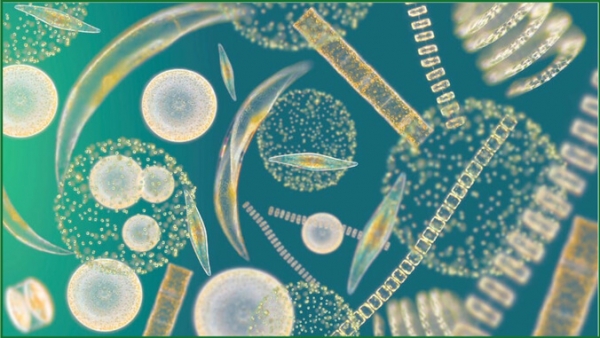A new paper provides insights on one of the most important factors in the Southern Oceanic carbon cycle, the “biological pump,” where carbon is utilized by organisms at the surface and transferred to ocean depths, away from contact with the atmosphere. The study, authored by scientists from NOAA’s Pacific Marine Environmental Laboratory and the University of Hawaiʻi at Mānoa, was published in PNAS.
The Southern Ocean, also known as the Antarctic Ocean, plays a central role in moderating the rate of climate change, absorbing an estimated 40% of the total amount of human-generated carbon dioxide (CO2) emissions and 60–90% of the excess heat trapped by greenhouse gasses in the atmosphere. Understanding how the Southern Ocean absorbs CO2 is one of oceanography’s top priorities, but remote, harsh conditions of the Southern Ocean challenge scientists’ ability to accurately characterize how carbon cycling occurs.
The science team was led by Yibin Huang and Andrea Fassbender from NOAA’s Pacific Marine Environmental Laboratory, in collaboration with Seth Bushinsky, an assistant professor of oceanography in the UH Mānoa School of Ocean and Earth Science and Technology (SOEST). They examined data collected from more than 60 autonomous profiling floats over 10 years to quantify for the first time the role that tiny organisms called phytoplankton play in Southern Ocean CO2 absorption from the atmosphere through their creation of different types of biogenic (brought about by living organisms) carbon. Each type of biogenic carbon has a different impact on carbon export and on the exchange of CO2 between the atmosphere and ocean.
Read more at University of Hawaiʻi at Mānoa
Image: Phytoplankton. (Photo credit: Richard Kirby via University of Hawaiʻi at Mānoa)


